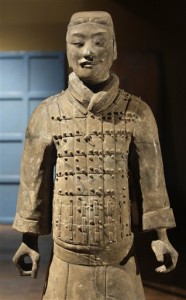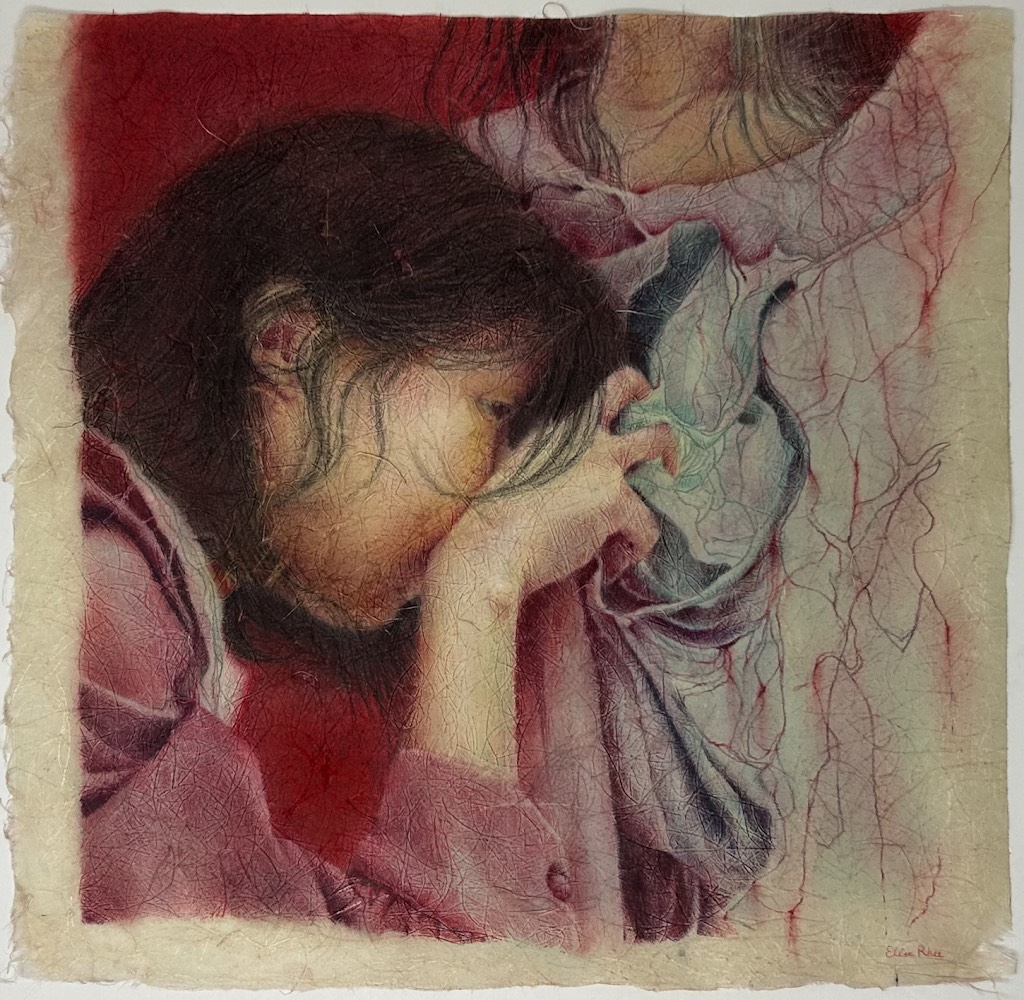 One man, one empire, one tomb and 7,000 life-size clay warriors for the afterlife.
One man, one empire, one tomb and 7,000 life-size clay warriors for the afterlife.
Qin Shihuangdi, the first emperor of China, had thousands of terra cotta soldiers built to protect him in the afterlife. The clay figures were not discovered until 35 years ago when farmers in China were digging a well and accidentally came upon them.
The Terra Cotta warriors are on display at the National Geographic Museum in Washington D.C. through March 31. “Terra Cotta Warriors: Guardians of China’s First Emperor” is an exhibit with 15 of the clay figures and over 100 other artifacts that were found near the tomb. This is the largest number of Terra Cotta figures and artifacts from the site that have ever been in the U.S.
The first gallery is a large room with only two statues: a horse and a cavalryman. The size and detail of the figures are visually striking. With panels to read and an audio tour to listen to, the contents of this gallery are both fascinating and easy to understand.
The next room, however, is overwhelming. Information covers all four walls and two minute audios accompany each panel of history. This gallery is all about Qin Shihuangdi and his empire. It is valuable information in order to truly appreciate the warriors, but it is presented in a way that is difficult to comprehend.
Continuing on, the next gallery is also jam-packed with the history of the empire and artifacts from Shihuangdi’s grave. Shihuangdi standardized China’s currency and there are many coins from the time period on display. Other artifacts include weapons and tools.
The information is certainly interesting, but with over 20 two-minute audio sections to listen to, it seems almost never-ending. It is advisable to walk through the museum without the audio tour, which costs $5, because the most important and interesting information is written on the wall, making the audio tour repetitive and superfluous.
The final part of the exhibit contains the other clay figures. Each human-sized warrior weighs 300-400 pounds. There are also two clay musicians, who were meant to entertain the emperor in the afterlife. The details of the faces and clothing are incredible and just the thought of standing inches away from something 2,000 years old is unreal.
World History teacher Christopher Forney has visited the original site of excavation in China, where over 1,000 warriors are on display in huge pits.
“I was blown away by the warriors,” Forney said. “The scope of the project is immense and is made even more impressive by the attention to detail and the sheer fact that these clay soldiers have withstood over 2,000 years. I think students should make the trip [to the Washington D.C. exhibit] as the soldiers represent a tangible link to one of China’s most famous dynasties and the story behind [it].”







